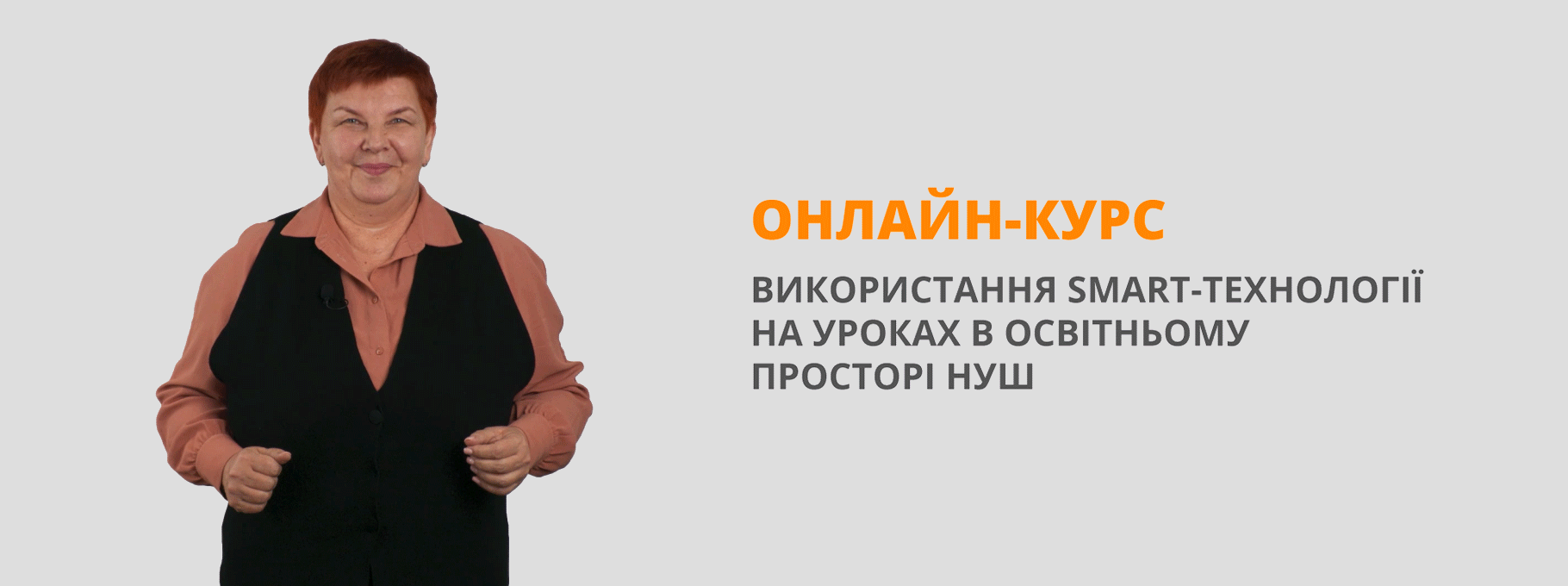Education in Canada - Освіта в Канаді
Education in Canada - Освіта в Канаді
|
The school system of Canada is very much like the one in the USA, but there are certain differences. Education in Canada is general and compulsory for children from 6 to 16 years old, and in some provinces — to 14. It is within the competence of the local authorities, and therefore it may differ from province to province. For example, Newfoundland has an 11-grade system. Some other provinces have 12-grade systems, and Ontario has even a 13-grade system. Grades 1—6 are usually elementary schools, and grades 7—12 are secondary schools. In some provinces there is a kindergarten year before the first grade. Elementary education is general and basic, but in the junior high school years the students can select some courses themselves. Most secondary schools provide programmes for all types of students. Some of them prepare students for continuing their studies at the university. Vocational schools are separate institutions for those who will not continue their education after secondary schools. There also exist some commercial high schools. Some provinces have private kindergartens and nursery schools for children of pre-elementary age. There also exist Roman Catholic schools and private schools in some provinces. In most provinces private schools receive some form of public support. Admission to the university in Canada is after high school with specific courses. Getting a degree in law, medicine, dentistry or engineering usually takes 3—4 years of studying. University tuition fees vary among different provinces. All provinces also have public non-university institutions. They are regional colleges, institutes of technology, institutes of applied arts, colleges of agricultural technology and others. Criteria for admission to these institutions are less strict. |
Шкільна система Канади дуже схожа на систему США, але існують деякі відмінності. Освіта в Канаді загальна й обов’язкова для дітей від 6 до 16 років, а в деяких провінціях — до 14 років. Вона перебуває у відомстві місцевої влади, а тому може відрізнятися в кожній провінції. Наприклад, у Ньюфаундленду 11- річна система освіти. У деяких інших провінціях — 12-річна система, а в Онтаріо навіть 13-річна система. 1—6 класи — це початкова школа, 7—12 класи — це середня школа. У деяких провінціях перед першим класом є рік у дитячому садку. Початкова освіта основна і загальна, але в середніх класах учні можуть вибирати деякі предмети самі. Більшість середніх шкіл мають програми для всіх учнів. Деякі з них готують студентів для продовження навчання в університетах. Професійні училища — це окремі установи для тих, хто не збирається продовжувати свою освіту після середньої школи. Існують також комерційні школи. У деяких провінціях є приватні дитячі садки і ясла для дітей дошкільного віку. Існують також римсько-католицькі школи і приватні школи в деяких провінціях. У більшості провінцій приватні школи одержують суспільну допомогу. У канадські університети приймають після старших класів зі спеціальними предметами. Для одержання диплома з права, медицини, стоматології чи інженерної справи вимагаються 3—4 роки навчання. Плата за навчання в університетах різна в різних провінціях. В усіх провінціях також є суспільні установи неуніверситетського типу. Це — регіональні коледжі, інститути технологій, інститути прикладного мистецтва, сільськогосподарські технологічні коледжі та ін. Критерії прийому до цих закладів менш суворі. |
Questions:
1. What do you know about the school system of Canada?
2. Is education in Canada general and compulsory for children?
3. Can the students select some courses in the junior high school years?
4. What does the term “vocational schools” mean?
5. What kind of schools are there in Canada?


про публікацію авторської розробки
Додати розробку
